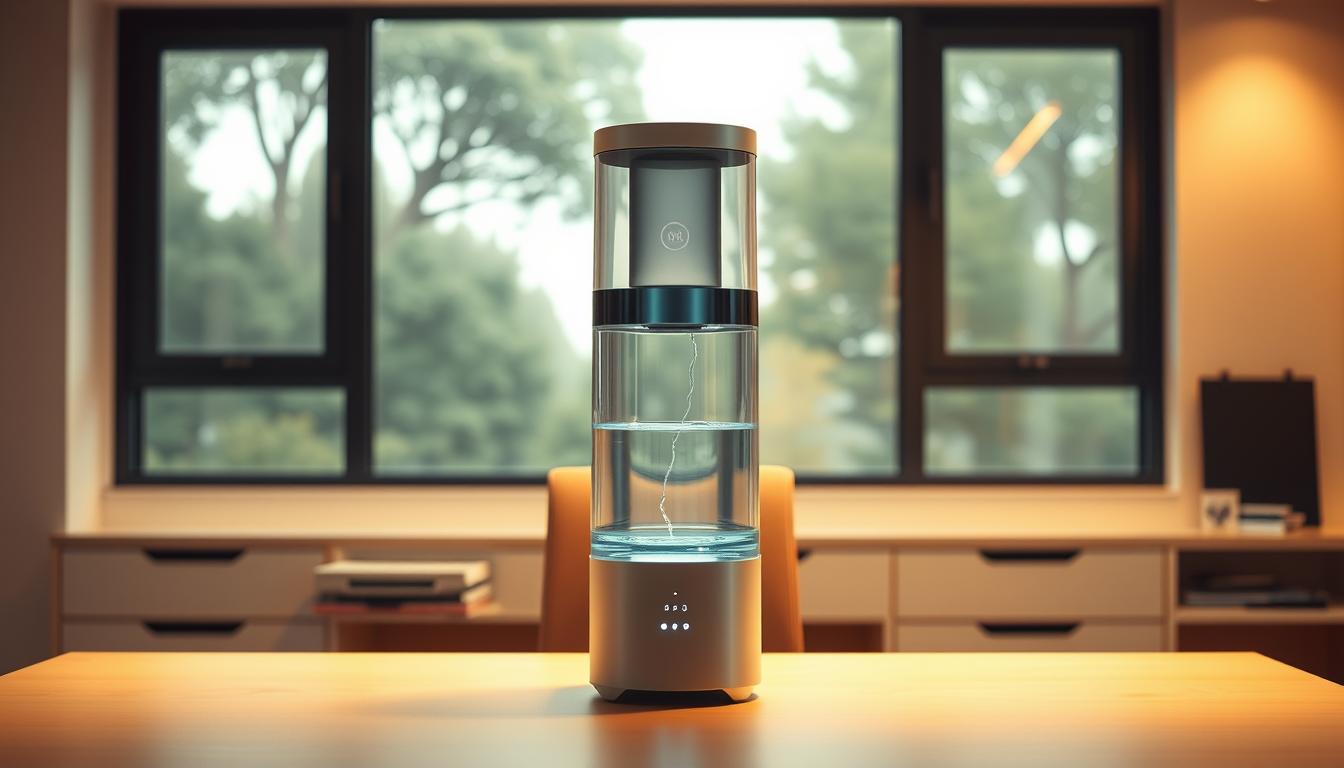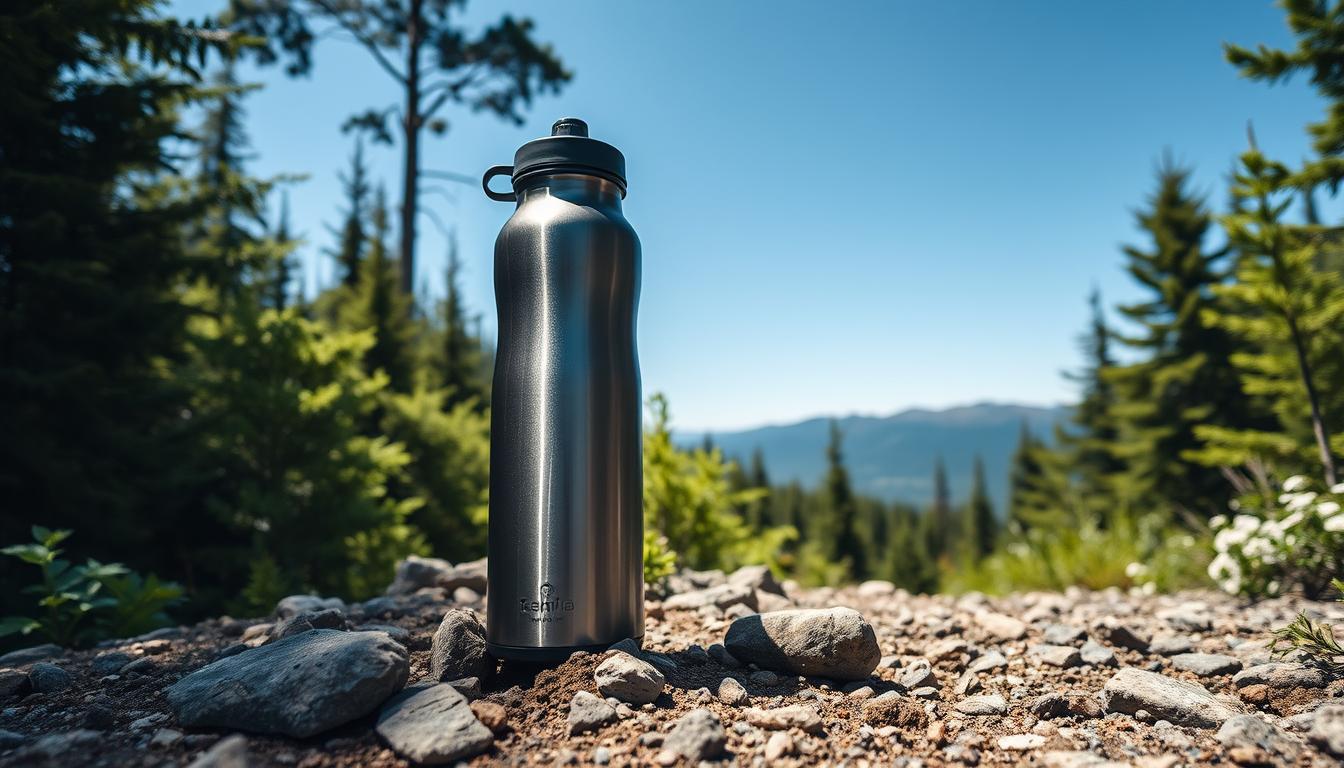Do you want to learn how to dispose of dry ice safely and easily?
Dry ice is used in food processing and packaging because it keeps foods cold without freezing them.
However, if you don’t handle it properly, it can cause serious injury.
This article explains you how to dispose of dryice safely and easily.
Disposing Of Dry Ice Is All About Letting It Turn Into Gas And Disappear
Dry ice is a solid form of carbon dioxide CO2 that is used primarily as a refrigerant. It is typically used in industrial applications such as cryogenic cooling, but is also used in consumer products such as dry ice packs. Dry ice is extremely cold and brittle, making it difficult to handle and store safely. In addition, dry ice is highly flammable, and if not handled properly, can explode. If you have any dry ice left over after using it, you should immediately dispose of it because it could explode if exposed to air. Once you have disposed of the dry ice, you can put it back into storage where it will remain safe until needed again. How to dispose of dry ice safely and easily:
How To Dispose Of Dry Ice Safely
1 Keep dry ice away from open flames. 2 Do not leave dry ice unattended.
1. Leave It Outside To Turn Into Gas
Dry ice is used in many industries such as food processing, pharmaceuticals, chemical manufacturing, and electronics. It is also used in scientific research, cryogenics, and even in the entertainment industry. However, if left outside, it will eventually turn into gas and explode. This could happen if the dry ice gets wet or exposed to air. So, it is important to dispose of dry ice properly.
Can I Leave Dry Ice Outside?
Yes, but only if you know how to handle it safely. First, make sure that the dry ice is completely frozen. Then, put it in a plastic bag or other type of container. Make sure that the container is sealed tightly. Place the container in a cool place where it won’t get wet. Keep the container away from direct sunlight. Do not leave the container unattended. If any moisture comes in contact with the dry ice, it will start to melt. Once the dry ice melts, it will release carbon dioxide gas. Carbon dioxide gas is heavier than air and will settle to the ground.
2. Leave It Inside To Turn Into Gas But Ensure Good Airflow
If you’re planning to store dry ice outside, make sure that you’ve got good airflow around the area. This way, the dry ice will turn into gas instead of solidifying. 3. Don’t Store Dry Ice In A Closed Area Answer: Dry ice is extremely cold, so if you store it in a closed area, it could freeze and damage anything nearby.
Is Dry Ice Gas Dangerous?
Yes, but not as dangerous as regular gas. Dry ice is actually carbon dioxide CO2 frozen into a solid form. CO2 is colorless, odorless, tasteless, nonflammable, and nonpoisonous. However, dry ice does emit carbon monoxide CO, which is toxic and flammable. How Do I Use Dry Ice Safely? Answer: To safely use dry ice, follow these steps:
3. Use Hot Water To Make It Melt Faster (And Make a Cool Fog Effect)
Dry ice is used in many ways, from making snowballs to creating foggy effects. Here’s how to make a cool fog effect using dry ice. 1. Fill a glass jar halfway with water. 2. Add a handful of salt to the water.
4. Break Up The Dry Ice So It Sublimates Faster
You can use any type of dry ice you’d like, but I prefer the white stuff because it looks cooler. 5. Put the jar in a sink full of cold water. 6. read the magic happen! 7. Keep adding salt until the water becomes cloudy. 8. Remove the jar from the sink and enjoy the cool fog effect. 9. Repeat steps 1 – 8 as needed. 10. Enjoy!
5. Use a Cooler To Dispose of Dry Ice Slowly
If you’re looking for a way to dispose of dry ice slowly, you could put it in a cooler. This works great if you’re using dry ice to freeze something, such as a drink or ice cream. Just place the dry ice into the bottom of the cooler, and fill the rest of the cooler with whatever you’re freezing. Then, when you’re ready to take the frozen item out of the cooler, simply remove the dry ice. 6. Make Your Own Dry Ice Cubes
6. Put It In Your Freezer (Maybe)
You can make your own dry ice cubes by putting dry ice into a freezer bag and sealing it shut. Once you’ve done that, leave the bag in the freezer until it’s completely solid. Then, open the bag and let the dry ice sublimate back into gas form. 7. Freeze Water Into Ice This method requires a bit of equipment, but it’s easy enough to do. First, pour about 2 gallons of water into a bucket. Next, put a plastic bottle filled with dry ice into the bucket. Finally, cover the bucket with a lid. Leave the bucket in the freezer overnight. The next day, you’ll have ice!
How To Dispose of Dry Ice In Plastic Bags
Dry ice is used in many different ways, from cooling drinks to freezing food. But what happens if you accidentally drop a bag of dry ice onto the floor? Here’s how to dispose of dry ice safely. 1. Keep Away From Children If you’re worried about children getting hurt, place the dry ice in a sealed container. Make sure the container is big enough to hold the dry ice, and that it’s not near any sharp objects.
How NOT To Dispose Of Dry Ice + Safety Tips
2. Don’t Use It As A Fire Extinguisher You could get injured if you put dry ice into a fire extinguisher. That’s because dry ice releases carbon dioxide gas when it melts. This gas can suffocate people and damage property.
Don’t Put Dry Ice In Your Sink, Down The Drain or In The Toilet
Dry ice is used in many industries such as food processing, medicine, science, and even art. However, it can pose a serious threat to our health and safety. If you accidentally put dry ice in your sink, toilet, or drain pipe, it will quickly melt and release toxic gases. These gases can kill you and destroy your house.
Don’t Leave Dry Ice In An Enclosed Space
If you leave dry ice in an enclosed space, it will slowly evaporate into carbon dioxide gas. This gas is extremely flammable and can explode if it comes in contact with oxygen. It could also damage your property.
Don’t Eat Dry Ice
Dry ice is usually used as a coolant in refrigeration systems. However, it’s not recommended to eat dry ice because it contains carbon dioxide gas, which is highly toxic and flammable. Carbon dioxide gas is heavier than air and therefore sinks to the bottom of enclosed spaces. As a result, any dry ice left in an enclosed area will eventually disappear into the atmosphere.
Don’t Put In an Airtight Container
If you put dry ice in an airtight container such as a freezer bag, it will slowly release carbon dioxide gas into the surrounding air. This can lead to suffocation if the gas accumulates in a closed space. To avoid this problem, always open the container containing dry ice before putting it in the refrigerator.
Don’t Leave Unattended (Especially Around Kids)
Dry ice is extremely dangerous because it releases carbon dioxide gas when exposed to oxygen. It’s important to remember that dry ice is not only flammable but it can explode! Dry ice is used in many applications where it needs to remain cold, such as cooling beverages, making ice cream, freezing food, and even creating sculptures. However, it’s very easy to accidentally expose dry ice to oxygen, which will result in a violent explosion.
Safety Precautions
Dry ice is extremely safe if handled properly. To avoid any accidents, always wear gloves while handling dry ice. Never put dry ice into a plastic bag or wrap it around anything else. Keep dry ice away from children and pets. Always store dry ice in a cool place.
Don’t Put on Tiles or Your Countertop
Dry ice is very cold, but not dangerous. It’s important to know how to handle dry ice safely. Don’t put dry ice on tiles or other surfaces. Dry ice is extremely cold, and can crack tile grout and damage flooring. Also, never put dry ice in plastic bags or wrap it around something else. This could cause the dry ice to explode. Store dry ice in a cooler or freezer until ready to use. How to Use Dry Ice Safely
Don’t Throw Dry Ice In The Trash
If you throw dry ice away, it will turn into carbon dioxide gas. Carbon dioxide gas is invisible, odorless, colorless, tasteless, and nonflammable. It doesn’t leave any residue behind. Dry ice is used in many industries, such as food service, medical, scientific research, and manufacturing. Dry ice is used to freeze items quickly and preserve them. Dry ice is also used to cool drinks and foods.
[su_youtube_advanced url = "https://www.youtube.com/watch?v=gCoqjRjVTbU" controls = "no" rel = "no" fs = "no" modestbranding = "yes"]
What do you do with dry ice when done?
Dry ice is used in many different ways. It’s used to cool drinks quickly, freeze food, and even make snowballs! Dry ice is also used to make frozen treats such as popsicles and ice cream. Dry ice is very cold and solid, but it melts away into gas when it comes in contact with liquid. This process is called sublimation. To make dry ice, you’ll need to get a block of dry ice from a store or order online. Once you’ve got the dry ice, you’ll want to put it in a freezer bag, and then place the bag in the refrigerator. Make sure not to leave the dry ice in direct sunlight because it could explode. After you’ve stored the dry ice in the fridge, you’ll want to take it out and let it melt. When it starts melting, you’ll see the dry ice turn into a white powdery substance. Once the dry ice is completely melted, you’ll be left with a mixture of water and carbon dioxide. You can use this mixture to make snowballs, or you can pour it into a glass bottle and fill it with water. Now you can enjoy your snowballs anytime you want!
How do you handle and dispose of dry ice?
Dry ice is used in many industries such as pharmaceuticals, food processing, and scientific research. It is a solid form of carbon dioxide CO2 that is extremely cold and highly flammable. Dry ice is usually stored in blocks and is transported in insulated containers. It is used to cool down items quickly and safely. Dry ice is very useful for cooling off hot liquids and food. Dry ice is used in science labs because it does not emit any gases and therefore does not affect experiments.
How do you properly dispose of dry ice?
Dry ice is used in many industries to cool products such as electronics, pharmaceuticals, and food. It is a very effective method of cooling because it sublimates directly into gas carbon dioxide rather than liquid water. This process takes place quickly, and the dry ice is completely gone within seconds. However, if left in contact with air, dry ice will begin to decompose into carbon monoxide and other gases. These gases are highly toxic and can be dangerous if inhaled. To avoid breathing these gases, dry ice should be disposed of properly. Dry ice can be safely disposed of in a sealed container, such as a plastic bag. Once the bag is closed, the dry ice will remain safe until it is released from the container.
Can I leave dry ice outside to melt?
Dry ice is used in many industries such as pharmaceuticals, food processing, and even in scientific research. It is a gas that is solid at room temperature but becomes a liquid at -78 degrees Celsius -109 degrees Fahrenheit. This property allows it to be used as a refrigerant. It is not toxic and does not emit any fumes. However, it is flammable and dangerous if exposed to open flame. It is usually stored in a metal box called a dry ice chest. It is important to store dry ice properly because it is very sensitive to moisture. It will start melting immediately after being exposed to air. To prevent this from happening, you can place dry ice in a sealed container and put it away in a cool area. Once it melts, you can pour the melted dry ice into another container.
What is the fastest way to dispose of dry ice?
Dry ice is used in many industries such as pharmaceuticals, chemical processing, food storage, and beverage production. It is also used in scientific research and medical applications. However, if not disposed of correctly, it can pose a serious health risk. Dry ice is extremely cold and can freeze skin, eyes, and other body parts. This can lead to frostbite and even death. To avoid any potential dangers, always wear protective clothing and equipment when handling dry ice. Never put dry ice into a trash bin or dumpster. Instead, take it back to the place where it was purchased. Do not store dry ice in a refrigerator or freezer. Always follow proper disposal procedures.
How do you dispose of dry ice in a sink?
Dry ice is used in many industries such as pharmaceuticals, chemical processing, food production, and beverage manufacturing. It is also used in scientific research and medical applications. Dry ice is a solid form of carbon dioxide CO2 that is extremely cold and dense. It is used as a refrigerant because it does not release any gases into the atmosphere. Dry ice is usually stored in containers called “dry ice chests” or “dry ice buckets.” These containers are designed to hold dry ice safely and prevent it from melting. Once dry ice melts, it releases CO2 gas into the air. This gas can damage people’s lungs if inhaled. People who breathe in the gas can suffer from shortness of breath, chest pain, coughing, wheezing, and even death. In addition, dry ice can melt plastic and metal objects. Therefore, it is important to know how to properly store and dispose of dry ice.
What do you do with dry ice when you’re done with it?
Dry ice is used to freeze items quickly. It is very useful for freezing liquids and other materials. In order to use dry ice, you will need to buy dry ice pellets from a store. After purchasing the dry ice, you will put it into a plastic bag and place it in a freezer. Once the dry ice is frozen, you will take it out of the freezer and break it into pieces. Then you will pour it into a glass jar. This will help you to remove moisture from the dry ice. You will then place the jar in another freezer until the dry ice melts completely.











